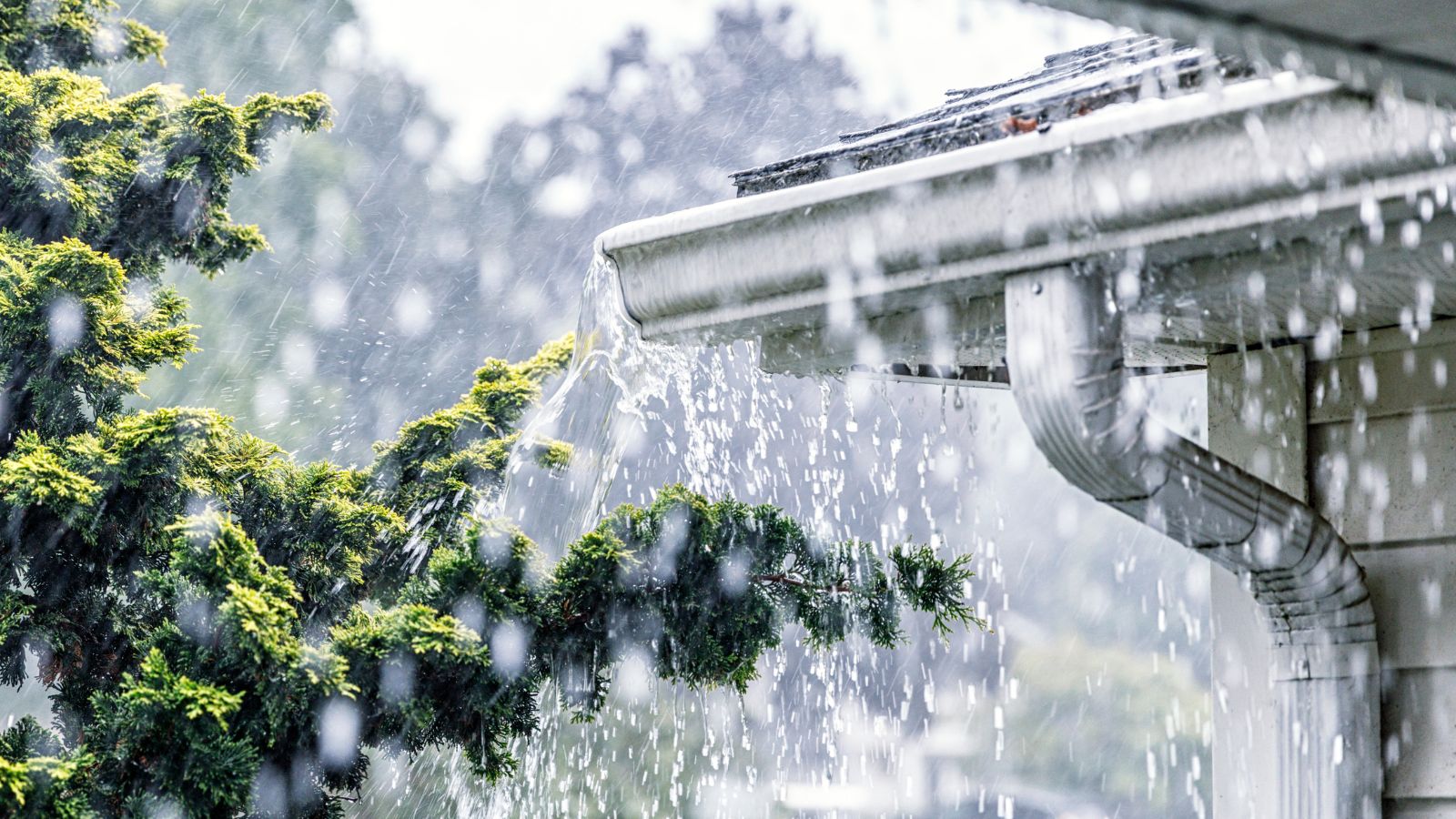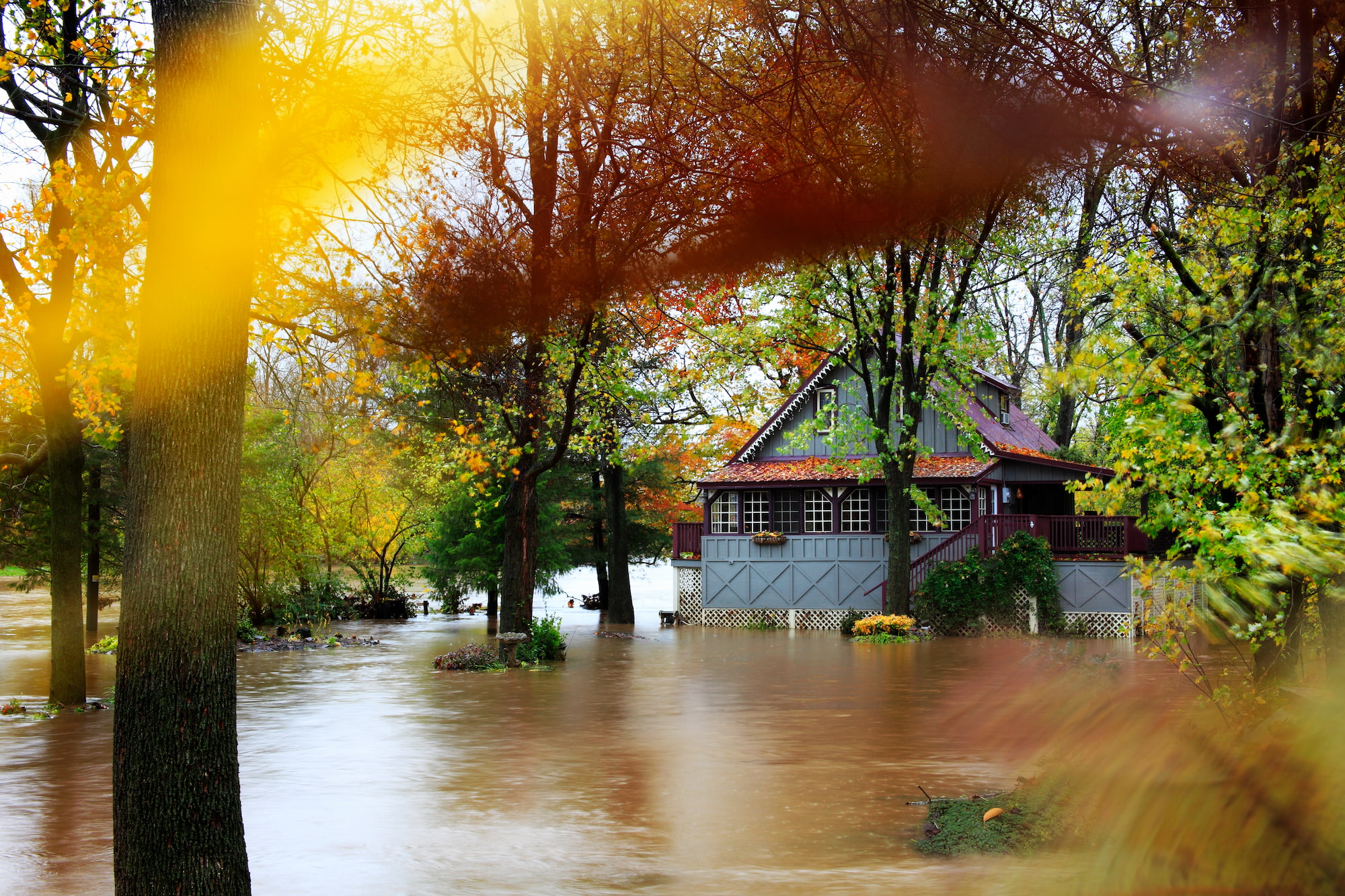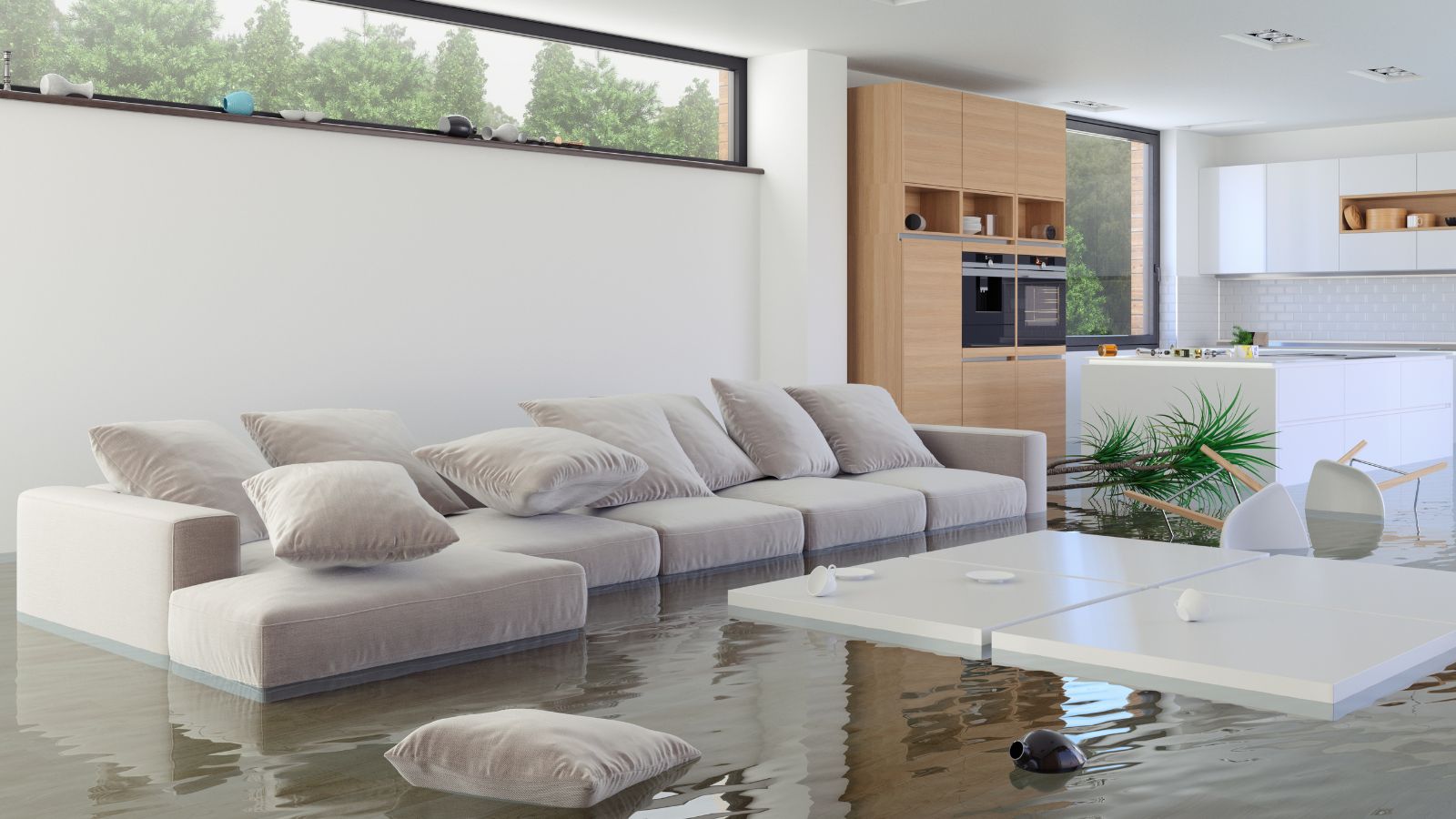6 ways to future-proof your home against extreme weather – your home (and wallet) will thank you
Protect your home in advance and avoid damage from flooding, fires, and storms.


Extreme weather is by now the reality for more homeowners than ever before. The threats of flooding, storm and fire damage were once confined to isolated areas. Increasingly, though, even regions that previously never had to deal with the effects of extreme weather events are grappling with damage to property.
There are many examples of this. While only isolated forested areas on the US West Coast were once at risk of fire damage, these days, forest fires affect huge numbers of people as far up north as Vancouver and as far south as Texas, to say nothing of the recent devastating fires in Hawaii. In the UK, flash flooding and storm damage is increasingly a reality in areas that historically have not been at risk.
Given these facts, now is the time to future-proof your home against extreme weather. We’ve asked home construction and assessment experts to give their views on what you can do now to better safeguard yourself against extreme climate events. Here’s what they had to say.
1. Understand what risks you are facing

First, you need to understand what you’re dealing with. If you don’t know which risks your home may face in 10, 15, and even 20 years, you won’t know which home improvements are worth the investment right now.
In some cases, the risks are well-known and obvious. It won’t be news to a Miami resident that their home is at risk of flooding and tropical storms, just as a resident of California is well aware if their home is at risk of damage from forest fires.
It gets a bit more complex in areas that traditionally haven’t faced these risks but either are only beginning to experience extreme weather events or likely will in the near future. Fortunately, there are several things you can do to understand what those risks are.
There are now readily accessible and free online tools that can help homeowners understand what risks their properties are facing from extreme weather and climate change. One such tool is ClimateCheck: you simply type in your zip code or street address to get an assessment across five parameters, including extreme heat, storms, and floods. You get a projected risk over the next 30 years, explaining what the likelihood of any given event will be by 2050 vs now.
Design expertise in your inbox – from inspiring decorating ideas and beautiful celebrity homes to practical gardening advice and shopping round-ups.
Another useful tool is research by the climate risk data provider First Street. The company takes a meticulous, street-by-street approach to risks like flooding to help homeowners understand whether their exact location will be at risk over the next few decades.
Armed with this information, you can get a good idea of which extreme weather possibilities you need to protect against.
2. Get your home’s structural integrity assessed
Now that you have an idea of what you might be dealing with in the years to come, it’s time to learn how resilient your home already is. Hafsa Burt is the Lead Architect at hb+a Architects and recommends getting a structural engineer ‘to consult on the seismic tolerance of a wood framed single family home and overall resistance to lateral loads such as wind.’
If the consultation reveals that your home isn’t robust enough, the structural engineer will be able to recommend structural improvements, including adding a shear wall or strengthening an existing wall for lateral loads. Either of these is a ‘doable fix’ in most homes, says Burt.
3. Address flood risks

Flooding is becoming more widespread and can cause catastrophic damage to your home. According to government research, one inch of flood damage can cost a homeowner $25,000, so if you are at risk you do need to act. For example, this Sarasota home suffered a staggering $2 million worth of damage after hurricane flooding left it in need of renovation.
The main thing to understand about protecting your home against flood damage is the difference between wet and dry floodproofing. Dry floodproofing is essentially creating a physical barrier against floodwater. The most basic form of dry floodproofing would be a sandbag, but there are more sophisticated flood barrier products out there.
Wet floodproofing, on the other hand, protects the building from flooding by allowing a designated empty space underneath the home to flood. According to Tom Little, President at Floodproofing.com, this method is used for elevated homes and is a requirement for new construction but can also be a proactive measure on existing properties.
Bear in mind that elevating a home that’s already been built is a major project and extremely costly. If you live in a high-risk area and your home is ‘slab-on-grade’ (i.e. not elevated), you may want to consider moving. There are also plenty of basement drainage solutions that might help mitigate risks to your property.

Hafsa Burt, a seasoned architect with 24 years of experience, leads hb+a Architects, a studio she founded in 2006. As an environmental advocate, Burt champions carbon-neutral and regenerative building designs, focusing on indoor air quality and eliminating toxins.
4. Guard against fire damage
There are two reliably effective ways to protect your home from fire damage: one is creating a buffer zone between buildings on your property to stop fire from spreading; the other is upgrading the structural materials, including the frame of your home. If you live in a single-family home, you most likely have a type V wood frame in your home.
Hafsa Burt recommends upgrading to ‘fire retardant-treated wood framing and sheathing, using Type X (Fire Resistant) Gypsum Board for drywall and noncombustible materials for the exterior. These measures aren’t quick or inexpensive, but ’they do offer long-term results,' says Burt.
Mike Powell, a professional engineer and Owner of Red Flag Home Inspection based in Tampa, Florida, adds that ‘the inclusion of modern sprinkler systems inside the home adds an additional layer of protection, quickly addressing any interior fire outbreaks.’

Mike Powell is a Professional Engineer and Certified Home Inspector, and the Owner/Trainer at Red Flag Home Inspection based in Tampa, Florida. He has been a Forensic Engineer (engineer determining cause and origin of failure) for Buildings and /or Building components for over 20 years, mostly in a residential setting.
5. Fortify your home against strong winds
According to Mike Powell, ‘when confronting the forces of high winds, the integrity of a home relies on the strength of its roofing system, secured with hurricane ties and high-wind-rated materials, and the durability of its windows and doors, reinforced to resist impacts from airborne debris. This fortified envelope ensures the home can withstand the powerful forces exerted by storms and hurricanes.’
In terms of roofing materials, metal is considered the gold standard for hurricane-proofing, although it is more expensive than other options.
6. Don’t ignore the dangers of extreme heat

Extreme heat is an increasing problem for many of us, even those living in areas that traditionally haven’t had to deal with it (hello, UK). While your home may be able to withstand extreme heatwaves as is, its inhabitants most likely will struggle. Retrofitting air conditioning is, of course, a solution, but, as Hafsa Burt points out, it is ‘terribly harmful to the planet’, besides not always being reliable.
Instead, Hafsa recommends upgrading your windows to ones that have a lower SHGC of the glass (solar heat gain coefficient); this ‘contributes to a cooler interior.’ If you have the budget, you can consider heat pumps as these can be used to cool and heat your home. Alternatively, Hafsa recommends ceiling fans as a ‘cost-effective measure.’
Mike Powell adds that ‘to combat extreme heat, a combination of high-grade insulation, reflective roofing materials, and energy-efficient windows works to reflect solar radiation and maintain a stable, cool indoor environment. Strategic shading, through landscaping or architectural features, further aids in reducing heat absorption.’
Don’t underestimate the power of trees to create shade and shield your home from the relentless summer sun. However, note that if you are at risk of heat damage and fire damage, you will need to be careful about planting mature trees too close to your property.
FAQs
Does home insurance cover extreme weather damage?
It depends on the type of extreme weather. Most home insurance policies do not cover floods or earthquakes. You’ll have to buy this type of insurance separately. In the US, homeowners who live on a floodplain can get flood insurance through the National Flood Insurance Program run by the Federal Emergency Management Agency (FEMA).
Fire damage can be more difficult to navigate. In areas prone to forest fire, fire damage is increasingly being excluded from home insurance policies or included as a separate deductible. Be certain you understand what’s covered and how much you’d have to pay in case your home is damaged by a fire.
There is some good news for homeowners: wind and storm damage is typically covered, but again, make sure you understand how much the deductible would be.
How much does it cost to future-proof a home against extreme weather?
This really depends on how many improvements you’ll be making, and of what kind. Reinforcing a shear wall will cost between $3,000-6,000. Dry floodproofing will set you back about $1,000 for flood barriers and another $200-300 for sandbags. Elevating a home (wet floodproofing) costs between $75 and $100 per square foot, so it can run up to tens or even hundreds or thousands depending on the size of the home. Wildfire-proofing a roof costs around $6,000, while seismic retrofitting of your home structure costs around $7,000-10,000.
It’s obvious that future-proofing a home against extreme weather is not cheap for existing homes. If you have found yourself in a home that is vulnerable and is in a very high-risk area, you will have a tough decision to make between making the necessary improvements or moving. When moving, you can choose a home that was built according to current regulations and best practices.
Whatever you do, don’t just leave your home vulnerable, as this will cost you even more in case of an extreme event.

Anna is a professional writer and academic. She taught English Literature for several years before joining Future where she wrote for Real Homes, Homes & Gardens and Livingetc for four years. She is a regular contributor for Parade Home, BiggerPockets, and many other publications. In her spare time, Anna enjoys hiking and gardening.